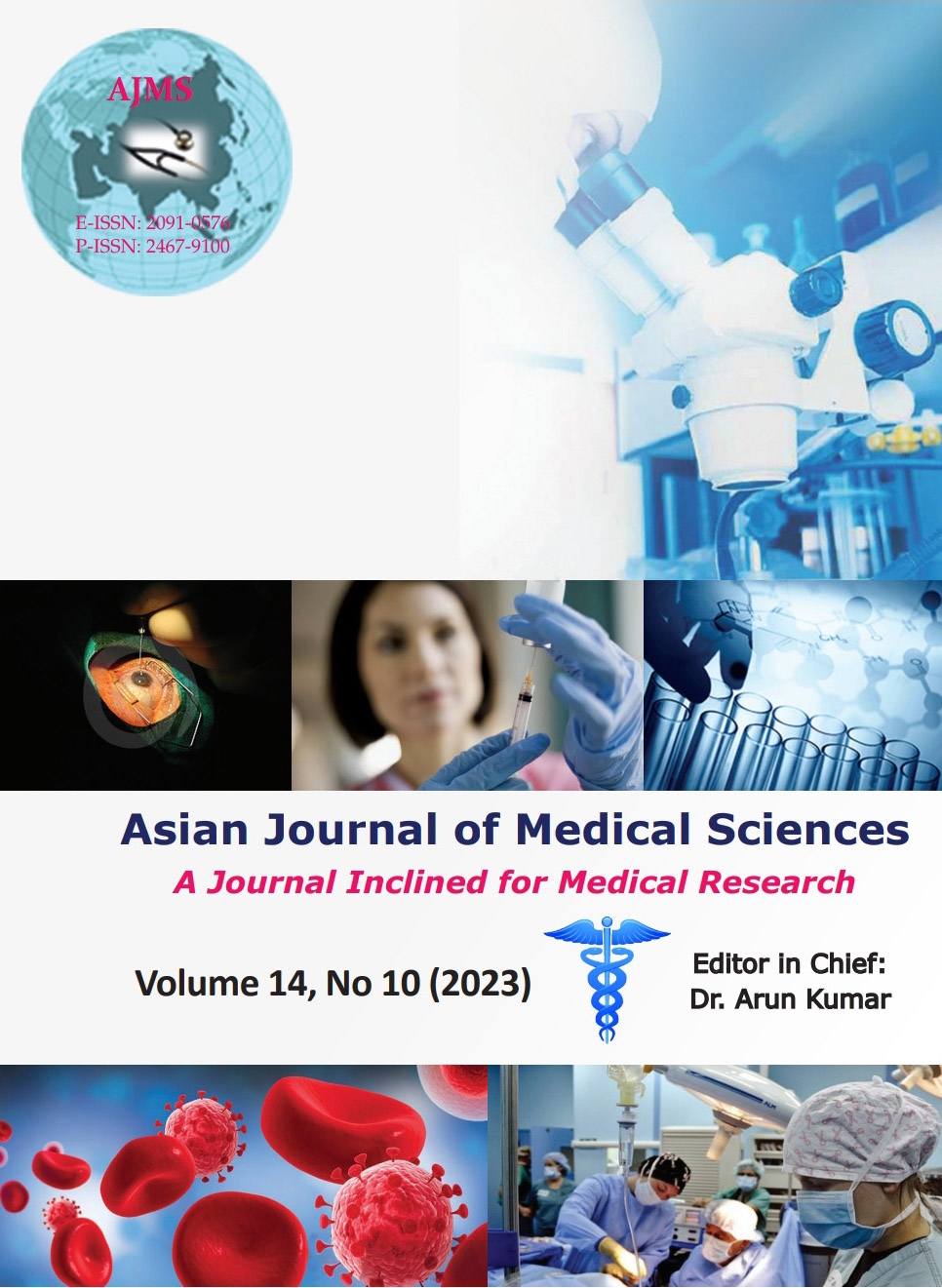The etiologies and outcome of convulsive status epilepticus in children at tertiary care hospital Kashmir India
Keywords:
Etiology; Outcomes; Status epilepticus; Children; Encephalitis; MeningitisAbstract
Background: Convulsive status epilepticus (CSE) is a common neurological emergency, where immediate supportive and specific treatment determines the outcome of the patient. Therefore, immediate management and etiological workup of CSE should be done in tandem to decrease associated morbidity and mortality.
Aims and Objectives: The study aimed to ascertain different etiologies and outcomes of CSE in children.
Materials and Methods: The study was a prospective observational hospital-based study conducted in a tertiary care hospital from October 2020 to September 2022.
Results: The most common type of seizure in CSE was GTCS, 154 cases (83.7%), followed by focal seizure 12 % (26 cases). Almost 35% of patients had CSE as a first presentation for PICU admission and the rest 65% of patients did have a previous history of seizures. The most common etiology of CSE was remote symptomatic, seen in 27.2%, followed by acute central nervous system infection in 19.5%, febrile status in 19.5%, and cryptogenic/idiopathic SD in 14.9%. Among the patients who had encephalitis, the common etiologies were enteroviruses and herpes simplex. We did not find any case of Japanese encephalitis, West Nile encephalitis, cerebral malaria, or dengue case in our study. Therefore, recommending cerebrospinal fluid panels for these vectors borne viral brain diseases is a waste of resources in Kashmir, India. Furthermore, we did not find any case of neurocysticercosis in our study as a cause of CSE.
Conclusion: In our study, we had 16 cases of encephalitis, and most of them were caused by enteroviruses and herpes simplex virus. We did not find any case of Japanese encephalitis, West Nile encephalitis, cerebral malaria, or dengue case in our study. Vector-borne diseases transmitted by different mosquitoes do not occur in Kashmir.
Downloads
Downloads
Published
How to Cite
Issue
Section
License
Copyright (c) 2023 Asian Journal of Medical Sciences

This work is licensed under a Creative Commons Attribution-NonCommercial 4.0 International License.
Authors who publish with this journal agree to the following terms:
- The journal holds copyright and publishes the work under a Creative Commons CC-BY-NC license that permits use, distribution and reprduction in any medium, provided the original work is properly cited and is not used for commercial purposes. The journal should be recognised as the original publisher of this work.
- Authors are able to enter into separate, additional contractual arrangements for the non-exclusive distribution of the journal's published version of the work (e.g., post it to an institutional repository or publish it in a book), with an acknowledgement of its initial publication in this journal.
- Authors are permitted and encouraged to post their work online (e.g., in institutional repositories or on their website) prior to and during the submission process, as it can lead to productive exchanges, as well as earlier and greater citation of published work (See The Effect of Open Access).




